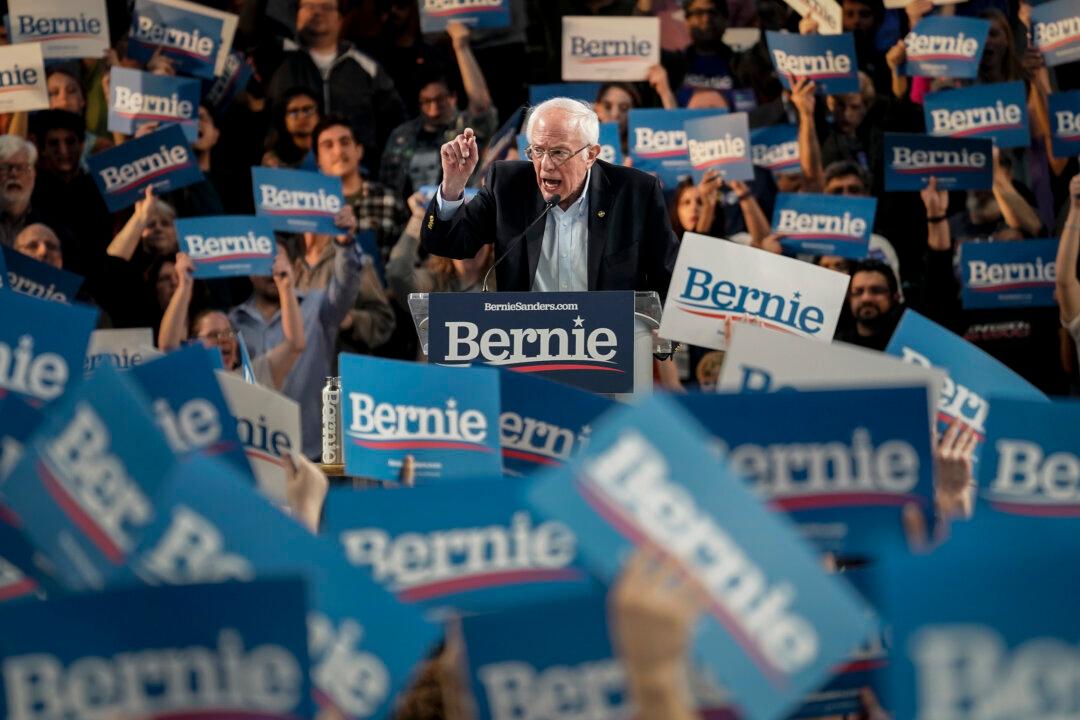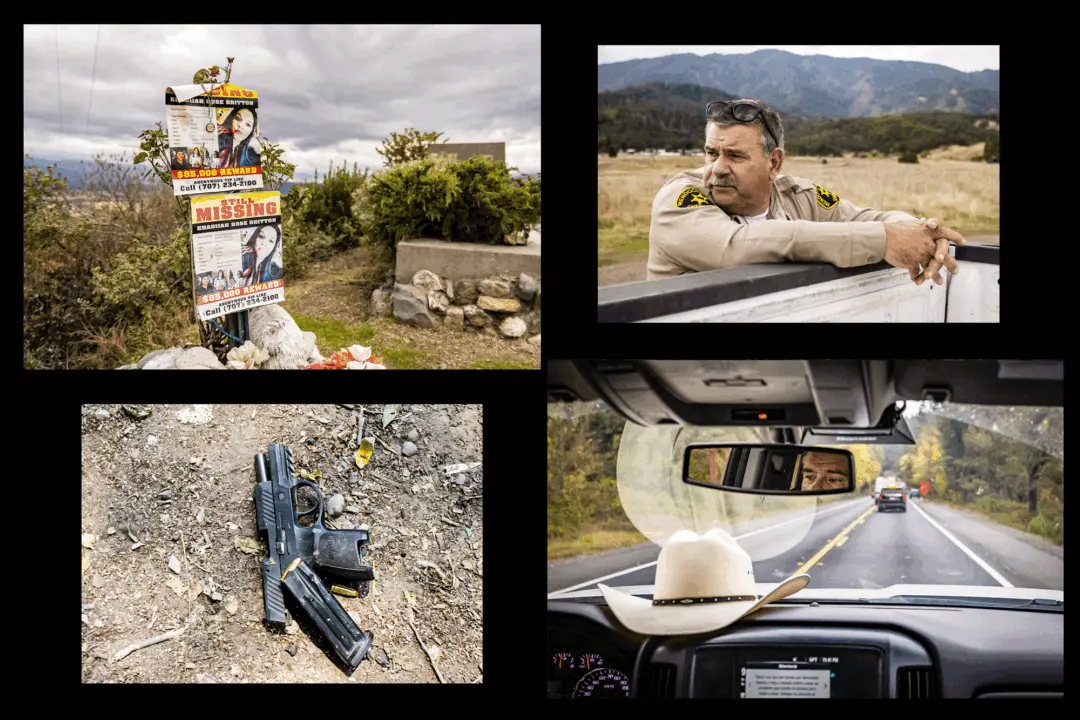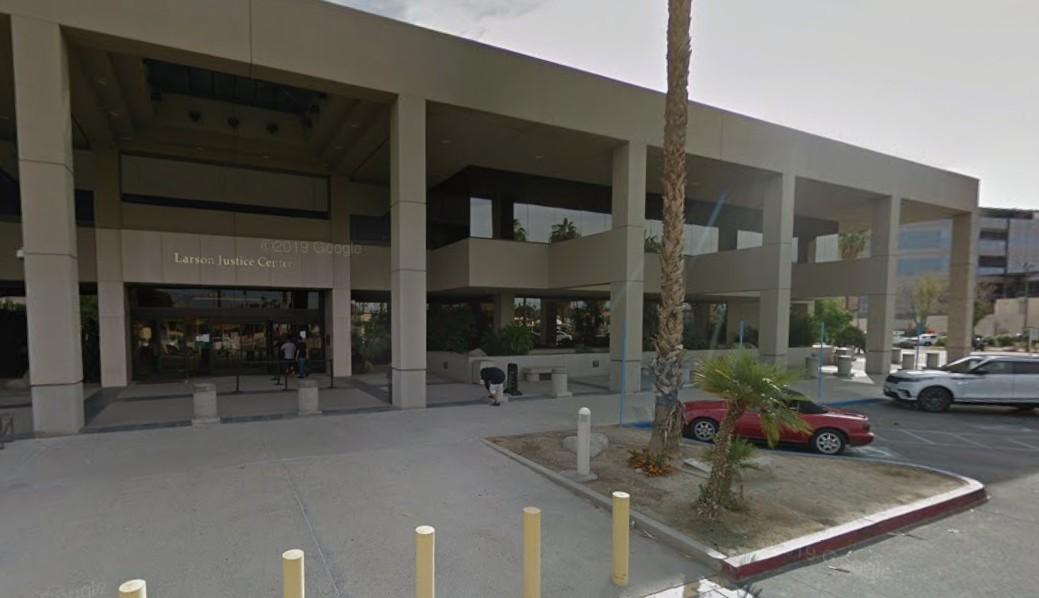All eyes in California will be on Sen. Bernie Sanders (I-Vt.), Orange County, and two particular congressional districts as voters head to the polls March 3 for the state’s presidential primary elections, political analysts say.
While California-based political analysts Tony Quinn and Sherry Bebitch Jeffe differ in their perspectives on many issues, they can agree on one thing: barring any major upsets, Sanders is likely to win the state’s Democratic primary.





